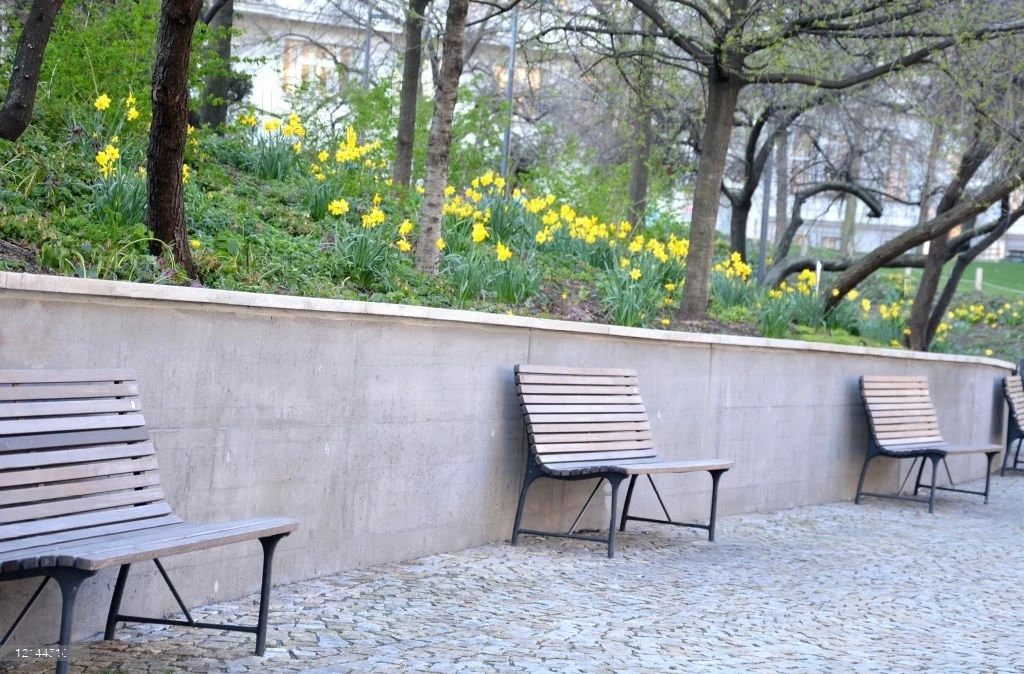A retaining wall can be a beautiful addition to your yard or garden, as well as an essential solution to prevent soil erosion and stabilize slopes. If you’re looking for retaining wall services, you may be wondering where to start, what materials to use, and how to ensure your wall is structurally sound.
Retaining walls are typically made of stone, concrete, or retainer wall blocks, and can be either a DIY project or done by a professional. While it may seem like a daunting task, with the right guidance and preparation, building a retaining wall can be a fulfilling and rewarding project.
Guide you through the process of building a retaining wall step-by-step. We will cover everything from choosing the right materials, preparing the site, laying the foundation, and finishing the wall with a professional touch. Whether you’re a beginner or an experienced DIY enthusiast, our comprehensive guide will help you create a beautiful and functional retaining wall that will last for years to come.
How Much Retaining Wall?
Retaining walls are a popular landscaping solution that not only adds aesthetic value to your property but also serves the functional purpose of preventing soil erosion and holding back sloping earth. The versatility of retaining walls lies in their ability to fit into almost any landscape design, be it residential or commercial. Retaining wall services can be using different materials, including natural stone, concrete, and retainer wall blocks, and the cost of the project will vary depending on the size and complexity of the wall.
If you are considering adding a retaining wall to your landscape, you might be wondering how much it will cost. The answer to that question is not straightforward as several factors influence the cost of a retaining wall project. Some of these factors include the materials used, the size of the wall, the complexity of the design, and the location of the project. Whether you’re a homeowner or a business owner, this information will be valuable in helping you make informed decisions about your retaining wall project. So, let’s get started!
How Many Retaining Wall Blocks Do I Need?
Retaining walls are essential for homeowners looking to level out sloping landscapes or prevent soil erosion. They are not only practical but also add to the aesthetic appeal of a property. However, building a retaining wall requires careful planning, including calculating the amount of retaining wall blocks required.
Retaining wall blocks are specifically designed to create a stable structure that can hold back soil and prevent it from eroding or collapsing. These blocks come in various shapes, sizes, and materials, such as concrete, natural stone, or brick. However, the number of blocks needed for your retaining wall project will depend on various factors, such as the height and length of the wall, the type of soil, and the slope angle.
Calculating the number of retaining wall blocks needed can be a daunting task, especially for beginners. However, with the right tools and techniques, it can be a straightforward process. By the end of this blog, you will have a clear understanding of how to determine the number of retaining wall blocks required for your project and avoid over or underestimating the amount needed.
How Much Retaining Wall Cost?
Retaining walls have become a popular feature in modern landscaping design. These structures not only enhance the aesthetics of outdoor spaces but also serve the functional purpose of holding back soil, preventing erosion, and creating leveled areas on sloped terrain. However, the cost of retaining walls can vary greatly depending on a number of factors.
Retaining wall blocks are a popular choice due to their durability, strength, and ease of installation. However, the cost of these blocks can vary depending on the brand, quality, and size. Other materials commonly used for retaining walls include concrete, stone, brick, and timber, each with its own unique cost considerations.
In addition to the material cost, other factors that can impact the cost of retaining walls include the size and height of the wall, the complexity of the design, the soil type, and the location of the project. By considering these factors, you can get a better idea of how much retaining wall services will cost for your specific needs.
In the following sections, we will dive deeper into the cost of different types of retaining walls and the various factors that affect their cost. Whether you are a homeowner or a landscaping professional, this guide will help you determine the cost of your retaining wall project and make informed decisions.





